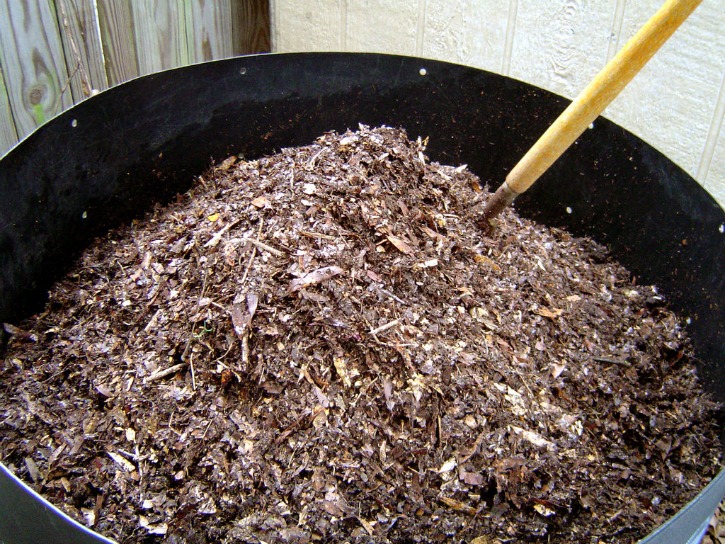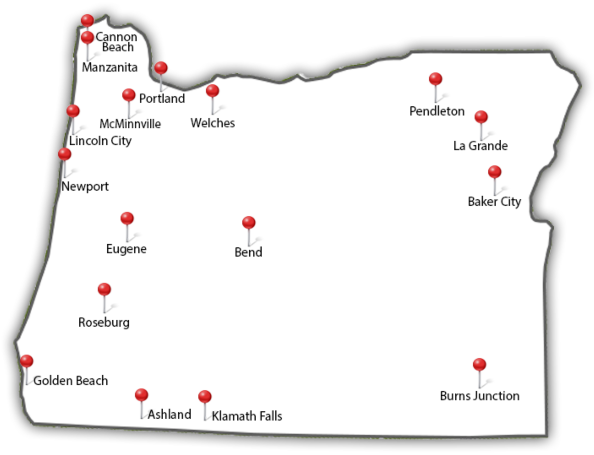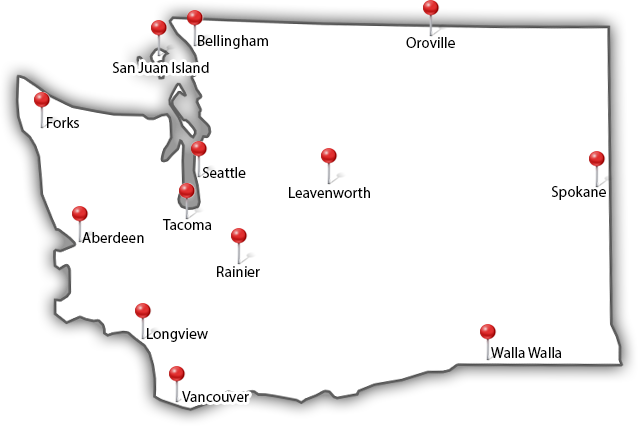Composting 101
Get the mix right. You need a combination of green and brown plant matter and some moisture to keep the bacteria doing its job. Grass clippings and kitchen waste are ideal for green matter. Dry leaves, shredded newspaper, and wood chips are perfect for brown matter.
Dairy, meat, and fish tend to attract pests, so leave them out of your compost.

Source: Lisa Bunchofpants
You can begin by heaping the ingredients directly on the ground. Start with chunky matter like woody stems or small branches as a foundation — this provides adequate airflow. To create air pockets and keep a good moisture balance, add some brown material every time you add green material.
Keep it going. Composting is pretty simple, but it still requires maintenance. Regularly add new material to give the bacteria enough insulation to keep the process warm as well as some fresh nutrients to absorb.
To make sure that all the materials are working together and blended in, you’ll also need to turn the pile with a compost aerator or a pitchfork every week or two. Grab a handful after you’ve mixed it up to find out if it’s still moist. Too much moisture will become a slimy mess, but if you don’t have enough, the decomposition process gets slowed down.
If you liked this post, you might also want to check out this post on how to capture rainwater, and this one on how to plant a tree.
Do you compost? Tell us about it in the comments below!
Sources:
http://eartheasy.com/grow_compost.html
http://www.planetnatural.com/composting-101/
https://ocrra.org/how-do-i/compost/compost-do-it-yourself
http://compostguide.com/making-compost-the-basics/
Like us on Facebook to Receive More Educational Arbor Information!
blog comments powered by Disqus











